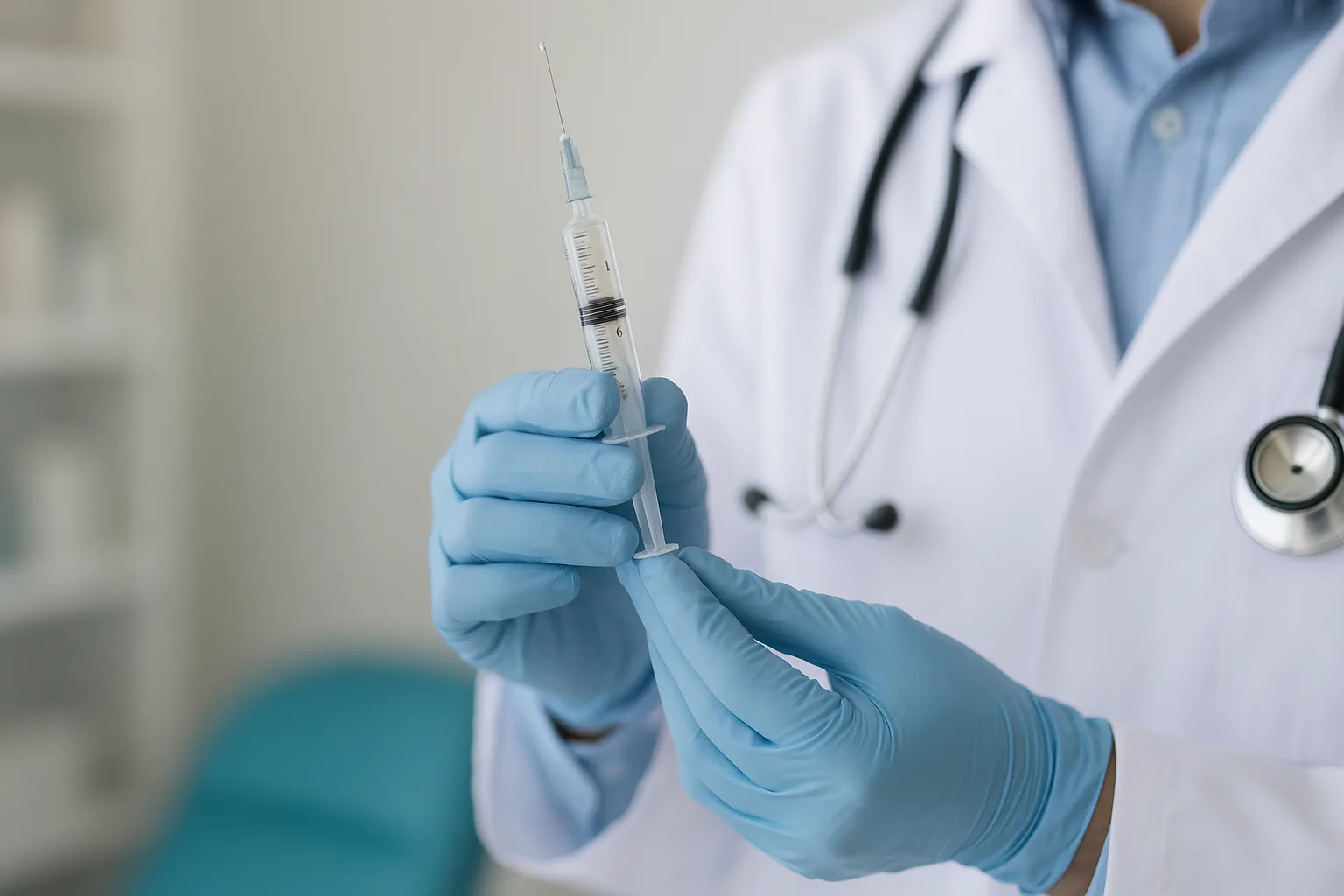

Summary: Joint injections are often misunderstood. Many patients worry about pain, side effects, or “using up options” when injections are recommended. In reality, joint injections can effectively reduce pain, improve movement, and delay surgery when administered by an experienced orthopaedic specialist. This article explains the truth behind common myths and how joint injections support long-term joint health.
Joint injections are commonly used to manage pain and inflammation caused by arthritis, bursitis, or sports-related injuries. They involve delivering medication directly into the joint or surrounding tissue to target inflammation and discomfort. Depending on the condition, relief can last from several weeks to several months.
Joint injections are recommended for both diagnostic and therapeutic purposes. They can:
Fact: The procedure is typically well tolerated. Most injections are guided by ultrasound for accuracy and comfort, and a local anaesthetic is used to minimise any discomfort.
Fact: Corticosteroid injections are safe when administered correctly and in moderation. They have been used for decades and are supported by clinical research for reducing inflammation and pain.
Fact: While injections should be spaced out, there is no fixed limit. Your surgeon will create a tailored treatment plan that may include alternating therapies such as PRP or hyaluronic acid to maintain results safely.
Fact: Injections target inflammation — one of the primary causes of joint pain — to help restore mobility and comfort. They also make physiotherapy more effective by enabling pain-free movement.
Fact: Injections can benefit patients with early joint degeneration, sports injuries, or post-operative inflammation. They are not limited to end-stage arthritis.
The procedure is simple and generally takes less than 15 minutes. It is typically done in the clinic and involves:
Relief can begin within days, although PRP and hyaluronic acid may take longer to show results. Your surgeon will review your progress and recommend follow-up if needed.
Results vary by individual and condition, but many patients report noticeable improvements in pain, flexibility, and daily function. For example:
Joint injections can be a key component in conservative care, supporting recovery and delaying surgical options when appropriate.
You may benefit from a joint injection if:
A consultation with an orthopaedic specialist like Dr Oliver Khoo will help determine which treatment type best suits your diagnosis and lifestyle.
Today’s injection technology allows for high precision and reduced side effects. Modern ultrasound guidance ensures the medication is delivered exactly where needed, improving both comfort and outcomes. Smaller needles, refined formulations, and strict sterilisation protocols have made injections faster, safer, and more effective than ever.
When combined with physiotherapy and tailored rehabilitation, joint injections can help patients regain confidence in movement and restore function without relying solely on medication or surgery.
1. How soon will I feel relief after a joint injection?
Most patients experience improvement within a few days. PRP or hyaluronic acid injections may take longer to show benefits, but relief tends to last longer.
2. Are joint injections safe?
Yes. When administered by a qualified orthopaedic specialist, joint injections are very safe. Side effects such as mild soreness or temporary swelling are short-lived.
3. How often can I have a joint injection?
Frequency depends on the type of injection and your individual needs. In general, corticosteroid injections are spaced several months apart, while PRP treatments may be given in a short series for maximum benefit.
4. Can injections delay the need for joint surgery?
Yes, injections can often delay or reduce the need for surgery by improving pain and function, allowing patients to remain active and strengthen surrounding muscles.
5. Will the injection cure my condition?
Injections manage symptoms and inflammation rather than curing the underlying cause. However, they play an important role in a broader, long-term treatment strategy.
Joint injections are safe, effective, and supported by decades of clinical evidence. When performed by an experienced orthopaedic surgeon, they can relieve pain, improve movement, and help patients avoid or delay surgery. Understanding the facts — and dispelling the myths — allows patients to make confident decisions about their joint health.
To learn more about evidence-based joint treatments and recovery options, visit Dr Oliver Khoo for expert orthopaedic care tailored to your needs.